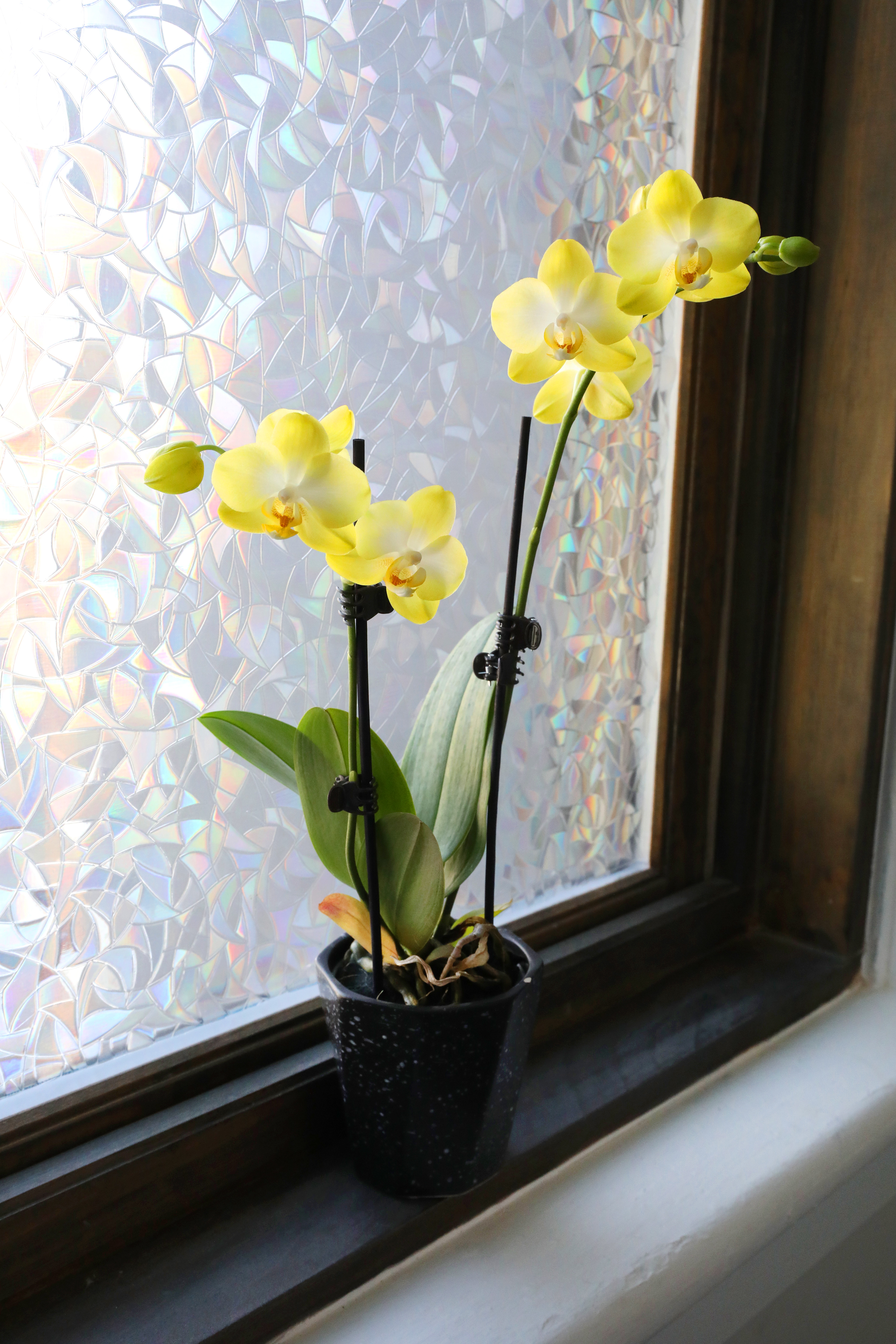Lighting Tips and Tricks
LIGHTING TIPS AND TRICKS
When it comes to lighting, you want to make sure your plants are getting plenty, but not too much or too little.
Depending on where you live, what direction your windows face and the time of year, the amount of light your plant receives can vary. Summer sun and winter blues have effects on your houseplants!
We’re happy to share some tips and tricks on how you can ensure your plants are getting the ideal amount of sunshine for their needs.
First, let’s talk about some common phrases you often hear when discussing plant lighting – direct and indirect sunlight.
Direct sunlight is when the sun reaches your plant with zero filter or any other item in its way. Nothing to diffuse the light, like a curtain or even tinted glass. Direct sunlight, even when it’s not warm, can be intense and too harsh for many plants. Just like us, plants can burn! Sun is strongest midday and that’s when it’ll supply the most intense heat and light.
Indirect light is when there is something like a curtain, window tint or screen to diffuse and break up some of that light. Items like leaves, clouds or even buildings can also lessen the light’s strength. This is usually much better for plants to handle and decreases the risk of burning. It’s gentler and lessens heat and light intensity.
Most of the plants we offer prefer bright, indirect light. In nature, this kind of lighting is provided by trees, which have a canopy of leaves overhead. Did you know your plants can get sunburned? If you see brown or white discoloration on their leaves and they’ve gotten a lot of direct sunlight lately, they could be sunburnt!
There are a few plants that can handle bright, direct sun. In most homes, south and west facing windows allow bright and direct sunlight to pass through, while north and east facing windows tend to let more filtered sunlight through. Succulents, like varieties echeveria and kalanchoe, love sun and can enjoy several hours of bright direct sunlight per day. But remember, plants adapt to their environments! If you’ve kept them in indirect lighting at first and want to move them somewhere brighter, you should slowly transition them over a few days or weeks to avoid shock – or even dreaded sunburn.
As far as low-light or shade plants are concerned, we don’t sell any that prefer it, but we do grow a few that can tolerate it! Snake plants, Spider plants and ZZ plants are relatively low-maintenance plants that can tolerate a bit of lower light.
If you have an area you’d love to keep your plants in, but can’t because it’s simply too bright, a sheer curtain hung in front of the nearest window is a great way to diffuse some of that light. You can keep your plant near the window and filter out some of the sunshine through the fabric.
On the other hand, if you have an area that you’d love to keep your plant in that doesn’t get enough light, grow lights or lamps are a great choice. They simulate real sunshine, allowing your plant to get the light it needs for photosynthesis. Just remember, a grow light is an excellent supplement, but short of very complicated set ups it cannot replace the sun!
Now, let’s talk about how to know if your plant is getting enough or too much light.
1. Stretching: If your plant is leaning or stretching towards the window or light source, it’s asking for more! Rotate your plant and move it a bit closer if you can. Succulents often start to grow tall very quickly if they feel like they aren’t getting enough sunlight.2. Growth rate: If your plant is growing very slowly, it could be due to a lack of light.
3. Scorch: brown or white patches that become dry like paper are a sign of burning from too much direct light. If you notice this on your plants, move them to a slightly dimmer location. If most of the leaf is unhealthy, trimming it off will help your plant recover energy. Always use sharp and clean tools when doing any trimming!
What are your favorite lighting tips and tricks? We’d love to hear about them!








